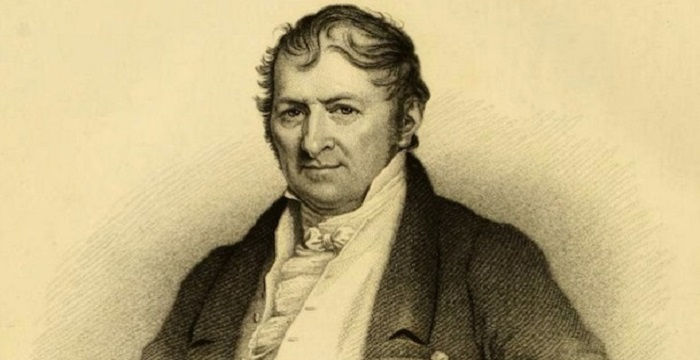Eli Whitney was an American inventor who invented a machine capable of producing enormous amounts of cotton with little effort, expense, or labor. His invention is dubbed the ‘cotton gin,’ with ‘gin’ standing for engine. It was a machine capable of cleaning cotton quickly and efficiently through the use of hooks, wires, and a rotating brush. Although Whitney was from a farming family, he was always fascinated by machinery and science, and at the age of 14, during the Revolutionary War, he invented the nail manufacturing function, which was widely used for a variety of purposes. It was only after he moved to Georgia and began reading law for Mrs. Greene on her farm that he realized cotton farming remained backward due to the extensive amount of tedious work required. This prompted him to develop the machine that enabled Southern cotton farming to flourish. Not only that, but another of his notable contributions was his advocacy for milling machines, which enabled the arms to be manufactured in sections rather than in one piece.
Childhood & Adolescence
Eli Whitney was born in Massachusetts to Eli Sr. and Elizabeth Whitney. His father was a prosperous farmer.
Though he grew up on a farm, he was always drawn to machinery and technology.
Whitney’s mother died when he was 11 years old, and his stepmother was opposed to him continuing his education at a university. During the Revolutionary War, he established a nail manufacturing business and supplemented his income by working as a farmer and a school teacher.
Whitney graduated from Yale College in 1792 and worked diligently to become a lawyer. Following graduation, he began tutoring in South Carolina due to a lack of funds to pursue a career as a lawyer.
Career of Eli
Mrs. Greene, the widow of Revolutionary War hero Gen. Nathanael Greene, invited Whitney to her Georgia plantation, Mulberry Grove, to study law. Her plantation was managed by her Yale-educated fiancé Phineas Miller.
Greene recognized the area’s lack of a cash crop as the tobacco business deteriorated. Although green-seed cotton was widely available, extracting the fiber required considerable time and labor.
Greene’s financial support enabled Whitney to work throughout the winter on developing a machine capable of cleaning cotton quickly and efficiently through the use of hooks, wires, and a rotating brush.
When Whitney demonstrated his ‘cotton gin’ to his colleagues, they were amazed to see the device clean a large quantity of cotton in less than an hour. Instantaneous response was received by the machine.
Whitney and Greene’s fiancé Miller patented the machine in 1794. They intended to spread the gins across the South, charging farmers two-fifths of the profits generated. This is why the machine began to be widely pirated.
Whitney became embroiled in numerous legal battles as farmers developed their own version of the cotton gin and eventually agreed to license it at reasonable prices. This resulted in significant financial gains for Southern planters.
Whitney concentrated on the production of arms and the interchangeable-parts system after not receiving the expected compensation for the gin. In 1798, with the possibility of war with France looming, the government commissioned him to manufacture 10,000 rifles.
He invented milling machines that enabled laborers to wedge metal according to a pattern and produce a single component of a weapon. When combined, each component, while created independently, became an operational model.
In reality, he was unable to manufacture the number of rifles promised to the government on time and delivered them in 1809. Despite the delay, he received another order for 15,000 muskets, which he fulfilled in less than two years.
By 1840, Southern cotton production had more than doubled from the previous century, reaching more than a million bales. The crop required an increasing number of people to harvest, which gave rise to the slave-holding culture.
Personal History and Legacies
Whitney married Henrietta Edwards in 1817, the granddaughter of evangelist Jonathan Edwards and the daughter of Pierpont Edwards, the Democratic Party’s leader in Connecticut, which aided Whitney’s advancement in the Elite class.
He died of prostate cancer in 1825 in New Haven, Connecticut, at the age of 59. Henrietta, his widow, and his four children survived him.
Estimated Net Worth
Eli is one of the wealthiest entrepreneurs and is listed on the Forbes list of the most popular entrepreneurs. Eli Whitney’s net worth is estimated to be around $810 million, based on our analysis of Wikipedia, Forbes, and Business Insider.
Trivia
Whitney invented several pieces of machinery to alleviate his pain mechanically during his cancer treatment.
The Eli Whitney Students Program at Yale University is a program for non-traditional students named after this inventor.
He leveraged his Yale alumnus status to grow his arms business and clientele.
